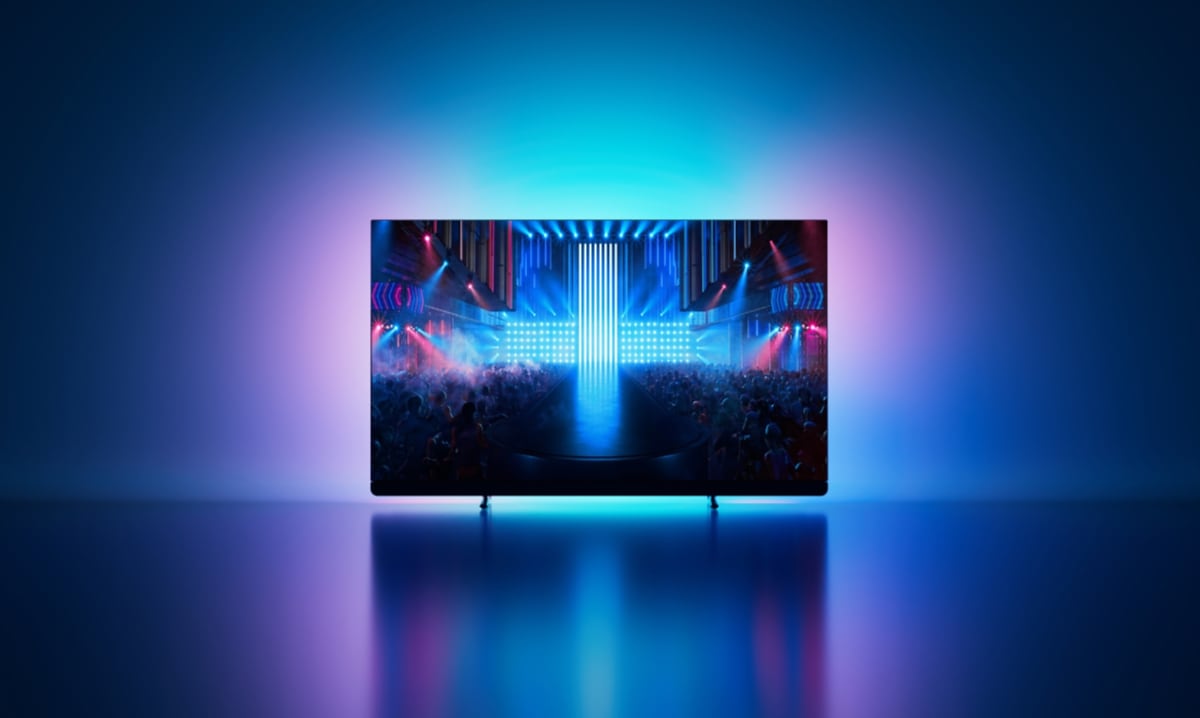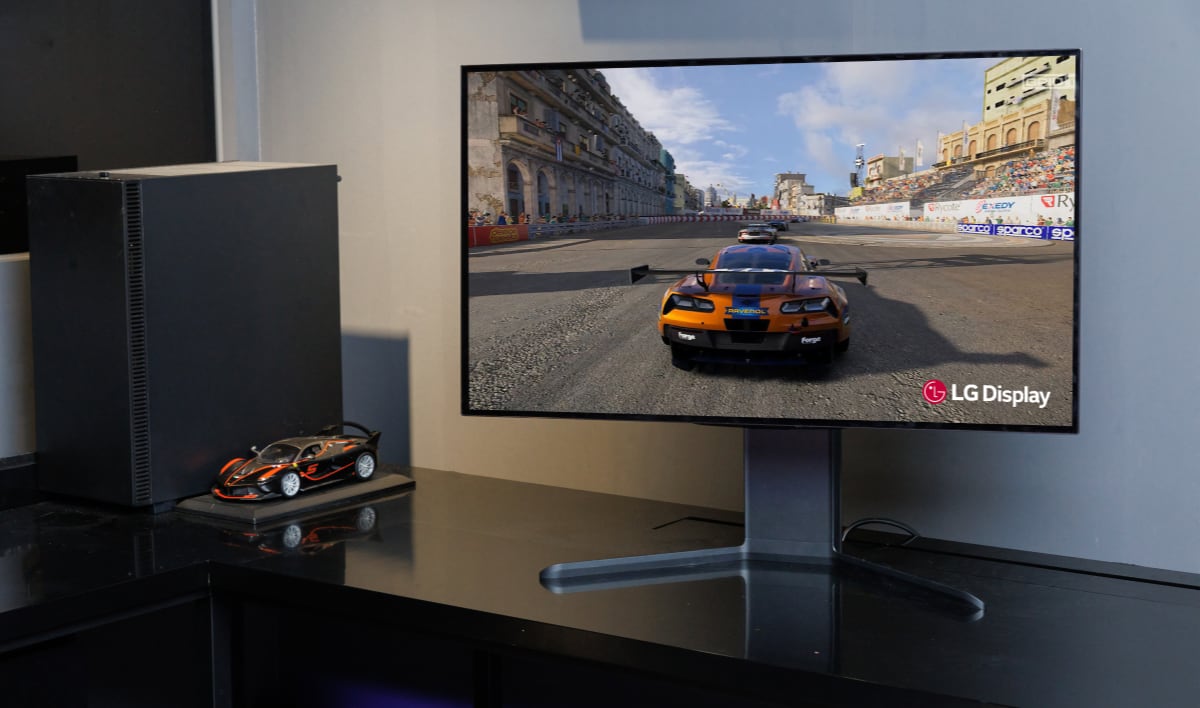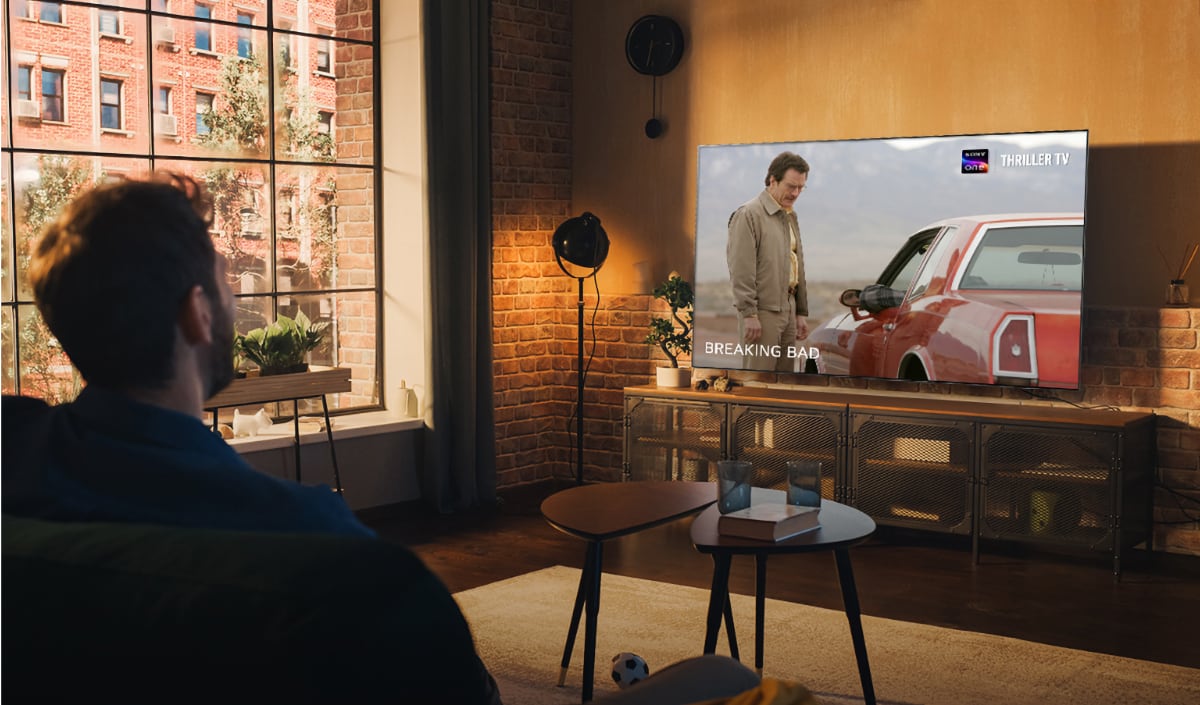CEA defines "HDR Compatible" TVs
TV manufacturers started talking about HDR (high dynamic range) earlier this year before standards were in place. There has been a fair amount of confusion over HDR on TVs so CEA is now announcing its industry definition for “HDR compatible” displays.Minimum attributes released
US-based CEA (Consumer Electronics Association) hopes to clear up the confusion about HDR displays so it has defined a set of minimum attributes that a TV, monitor og projector must meet in order to be referred to as “HDR Compatible Display”.
CEA says the some Ultra HD TVs currently include early implementations of next-gen technology, including HDR.
However, in order to meet CEA’s industry standard the display must meet the following minimum attributes:
To give some perspective, EOTF is a new method to convert a digital input signal into visible light (on a display). Previously, TVs used the gamma function. The TV needs to be capable of reading HDR metadata, meaning the data about the HDR picture that is added on top of the regular picture signal. Non-HDR TVs ignore this data. The TV also needs at least one port that supports HDR (for example HDMI 2.0a) and lastly it needs to support the HDR10 profile (explained below).
- “HDR provides a significant step-up in delivering an incredible viewing experience for the consumer,” said Brian Markwalter, senior vice president, research and standards, CEA.
- “We encourage manufacturers and our industry partners to use this voluntary compatibility guideline to provide greater consistency and clarity while ensuring compatibility and interoperability across the full content development to display ecosystem.”
The HDR10 Media Profile is defined as:
- “CEA’s leading role in defining HDR compatible displays complements the work of other organizations such as the UHD Alliance that are reportedly developing HDR-related performance parameters and guidance for the video content, distribution and hardware ecosystem,” Markwalter explained.
You can learn much more about HDR on TVs here.










